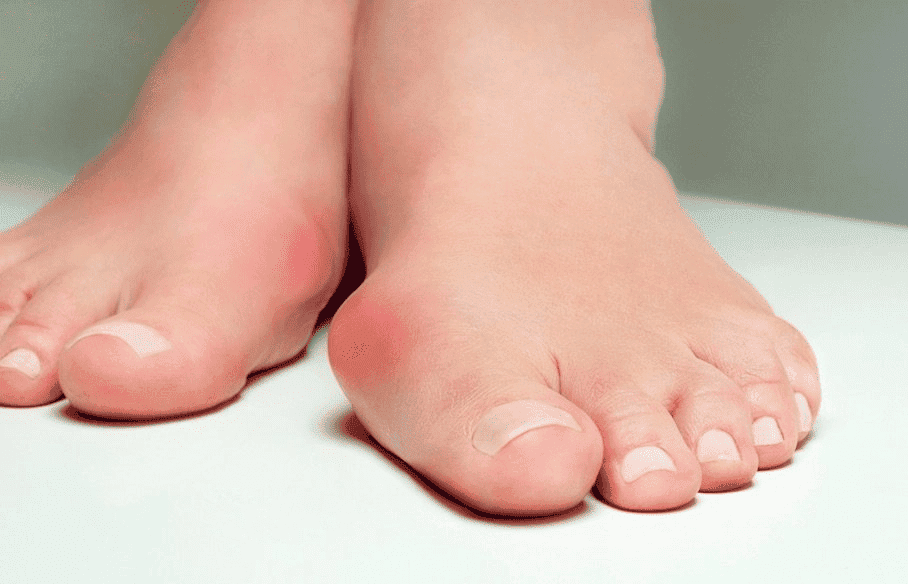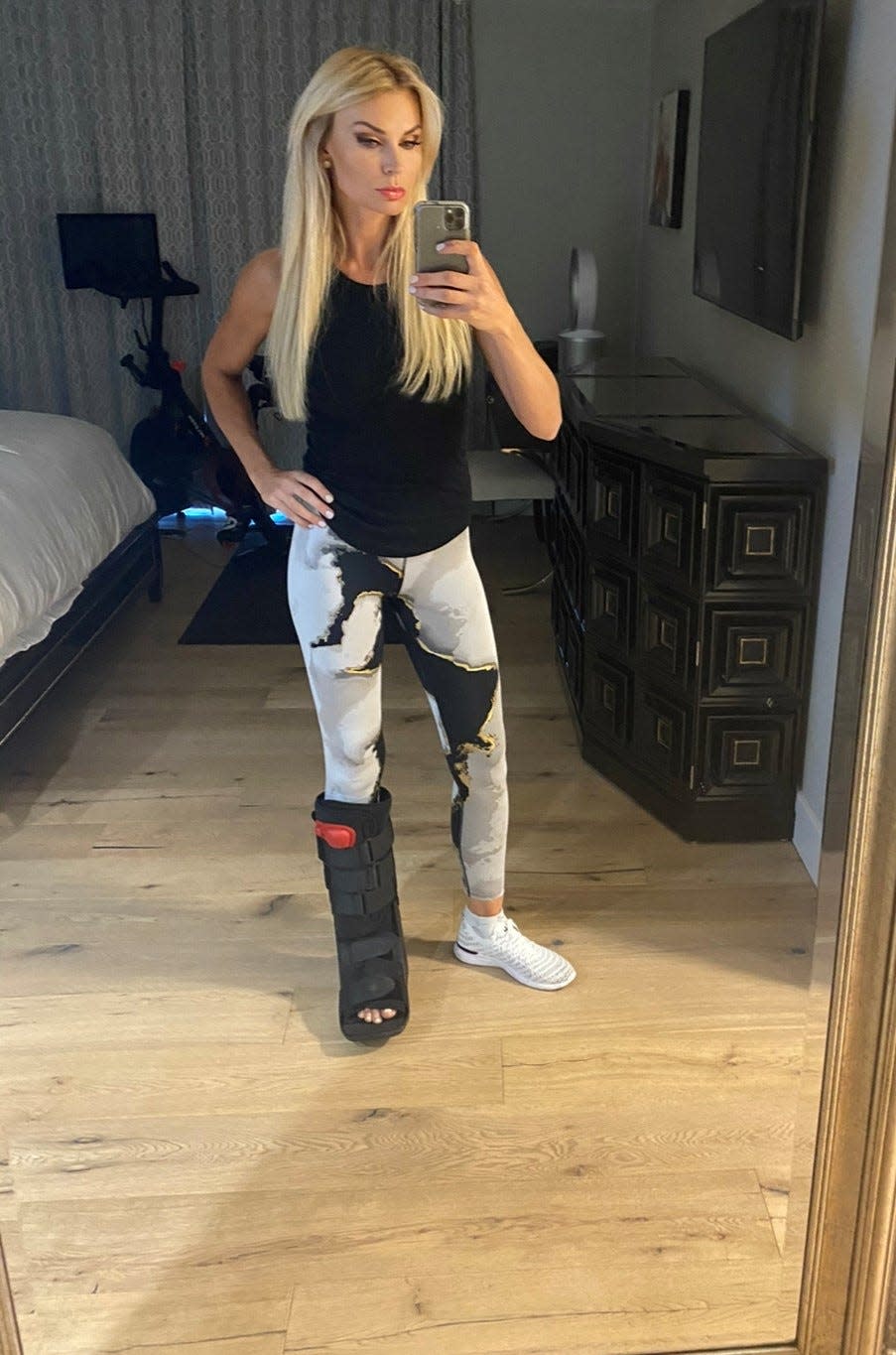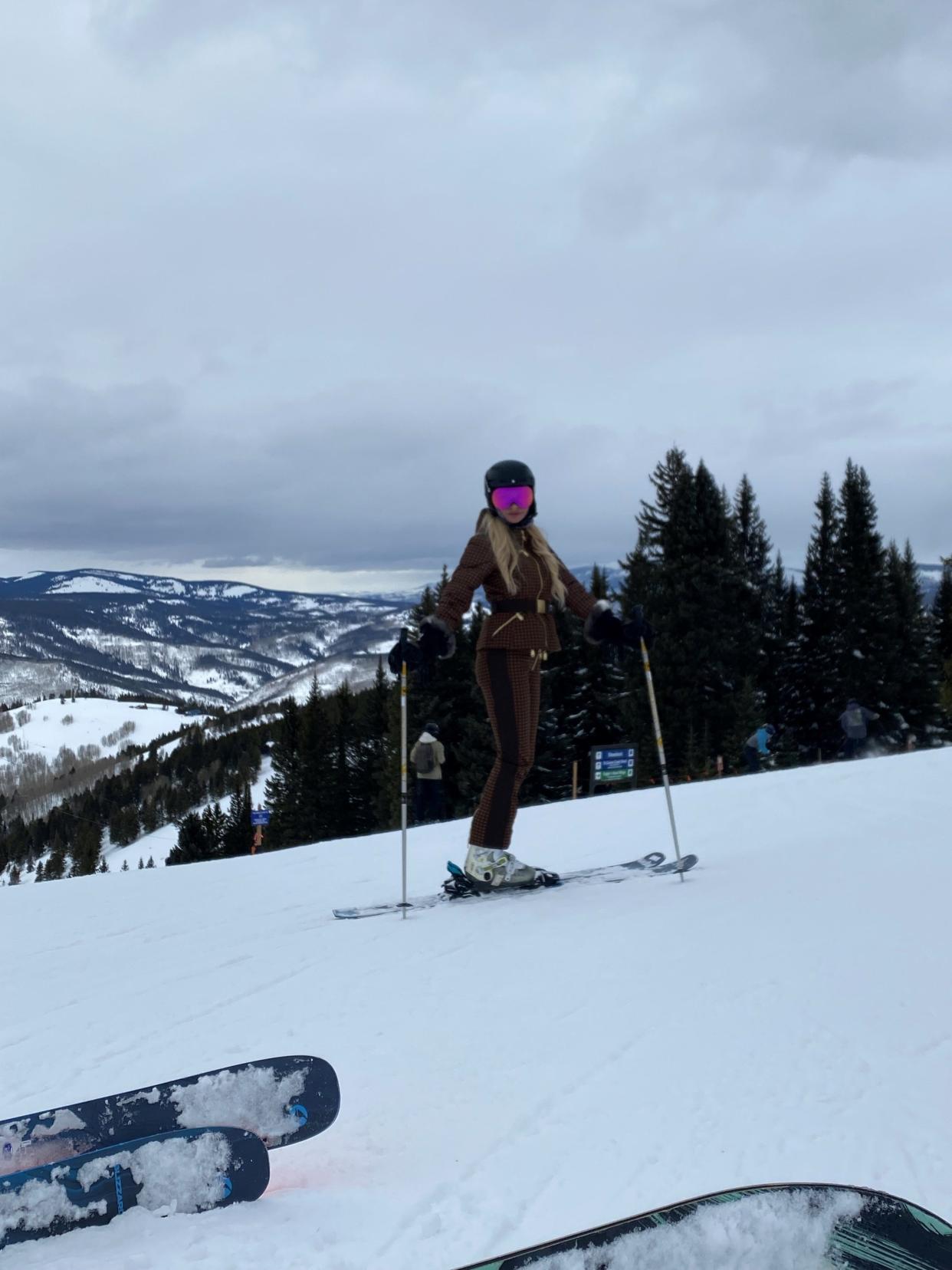Foot soldiers: The battle to end stigma of bunions
On today’s inaugural U.S. National Bunion Day, podiatrists like Dr. Jodi Schoenhaus of the Foot, Ankle & Leg Vein Center in Boca Raton are on a mission to destigmatize a painful condition that afflicts tens of millions ― bunions.
“I have seen so many patients who suffered from bunion pain for months, or even years, before finally seeking treatment,” she said. “Maybe they were embarrassed about how they looked. Maybe they were afraid of the pain traditionally associated with surgery. Whatever the reasons were, I really want to raise awareness about this condition and what you can do about it.”
Schoenhaus explains that a bunion is a bone deformity caused by an unstable joint that allows the big toe to drift out of alignment. It is a progressive condition and can cause discomfort and eventually severe pain.

The earlier bunions appear in life, the more likely they are to keep progressing and according to the National Institutes of Health, approximately 1 in 3 Americans over the age of 65 have some bunion development.
“Families often pass down this deformity, which can impact any individual regardless of their gender, shoe choice or lifestyle,” notes Schoenhaus. “It is a problem more common in women, but we see males and even children who suffer from them.”

Indeed, genetics likely played a role in the case of one of Schoenhaus’ patients, Maggie Bradley, a 42-year-old aeronautical engineer who lives in Fort Lauderdale. She lives an active lifestyle that includes running and weightlifting and also loves shoe shopping — that is, she did until the mid-2010s.
“When I was in my mid-30s, I noticed that people were staring at my feet when I wore open-toed shoes,” she recalls. “I had a swollen bump on the side of my left foot, which began to impact my choices of footwear. My mother struggled with bunions, so I knew I needed to seek treatment before my pain and other symptoms became worse.”

Fortunately for Bradley — and the millions of others who also suffer from this condition — today’s surgical bunion treatment employs techniques that are a vast improvement over the bunion procedures of your grandma’s day.
Treating bunions
As with all painful chronic conditions, surgery is always considered the last option with bunions.
As Schoenhaus explains “after our initial evaluation and X-rays are taken, we often recommend that patients try conservative options first. These include buying wider shoes, padding or orthotics to accommodate the deformity and reduce pain.”
There are also myriad over-the-counter products available on Amazon that purport to give bunion sufferers some relief.
One of the reasons it’s so important to have your bunion evaluated by a podiatrist is that what looks to a layperson like a bunion may actually be a different condition.
Among the conditions that people often mistake for a bunion:
Arthritis
Ganglion cyst
Bursitis
Gout
Misalignment elsewhere in the foot or ankle
If conservative treatments don’t relieve a bunion-sufferer's pain and lifestyle limitations, then Schoenhaus says “we discuss surgical options.”
Advancement in bunion surgery
A relatively new form of bunion surgery called Lapiplasty 3D Bunion Correction was cleared by the FDA in 2016.
The manufacturer of the Lapiplasty 3D technology — Treace Medical Concepts — announced last month that more than 100,000 patients have been successfully treated via this procedure.
Clinical studies have shown that the procedure has a low recurrence rate low recurrence rate; in 13- and 17-month post-op studies, 97% and 99% respectively maintained their Lapiplsty 3D correction.
(Treace Medical Concepts also spearheaded the initiative to create a National Bunion Day — henceforth the third Tuesday of April — in the U.S. The U.K. has had one for more than a decade.)
As Schoenhaus explains “traditionally, podiatric surgeons have used a procedure called 2D osteotomy during which they shave down the protruding bone of the big toe and then cut and shift the bone over. This gets rid of the cosmetic bump but doesn’t address the unstable joint in the foot that causes the bunion.”
Conversely, the new procedure — for those who are good candidates — returns the entire bone to normal 3D alignment and the unstable joint is secured with patented titanium plates.
“This technique enables patients to get back on their feet in a walking boot more quickly than before,” says Schoenhaus.
Traditional procedures, notes Schoenhaus, can involve a recovery process in which patients may end up being non-weight-bearing for seven to nine weeks, or even more.
With the Lapiplasty procedure, she says “patients are typically able to walk in a boot within two weeks of surgery and can usually return to wearing more comfortable shoes, such as a tennis shoe, within six to eight weeks of surgery.”
In addition, many patients are cleared to return to physical activities within four to six months after the procedure.
That’s what happened with Bradley after she underwent her procedure three years ago.

“I had a simple, straightforward recovery process,” she says. “Per Dr. Schoenhaus’ post-op protocol, I iced and elevated my foot after surgery. I used a knee scooter and remained non-weight-bearing for about 10 days before I was cleared to bear weight in a surgical walking boot. About three months after surgery, she cleared me to begin wearing regular sneakers and at four months post-op, I was cleared for physical activity.”
Bradley says she definitely made the right decision.
“I’ve been able to indulge in buying new shoes and love wearing high heels again,” she reports. “I’ve also completed a half-marathon and am again able to ski, which I wasn’t able to do when I was dealing with bunion pain.”

On this inaugural National Bunion Day, Bradley decided to share her story because “my hope is that when people hear about my experience, they will be able to relate and learn that there are effective treatment options available for bunions. One of my close friends underwent the Lapiplasty procedure after seeing my results and she is so much happier.”
This article originally appeared on Palm Beach Post: National Bunion Day Lapiplasty 3D Bunion Correction
